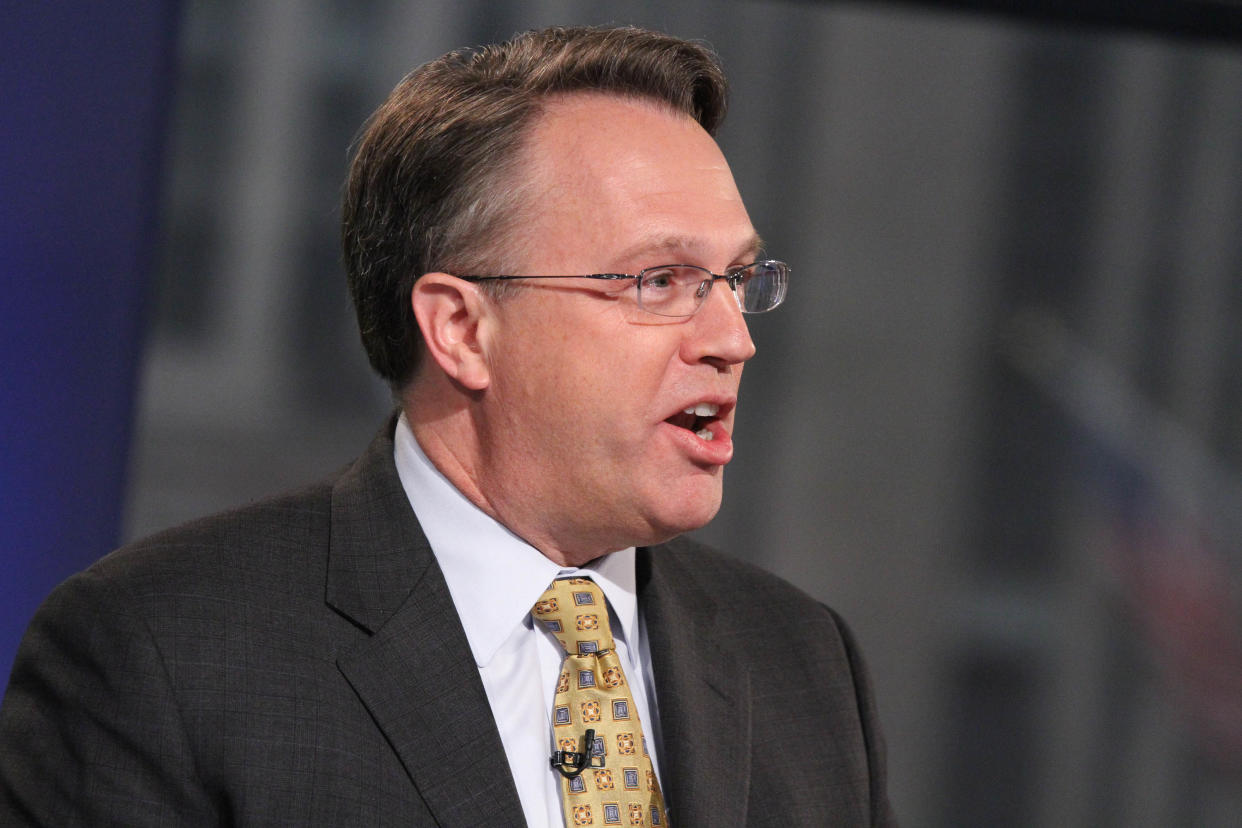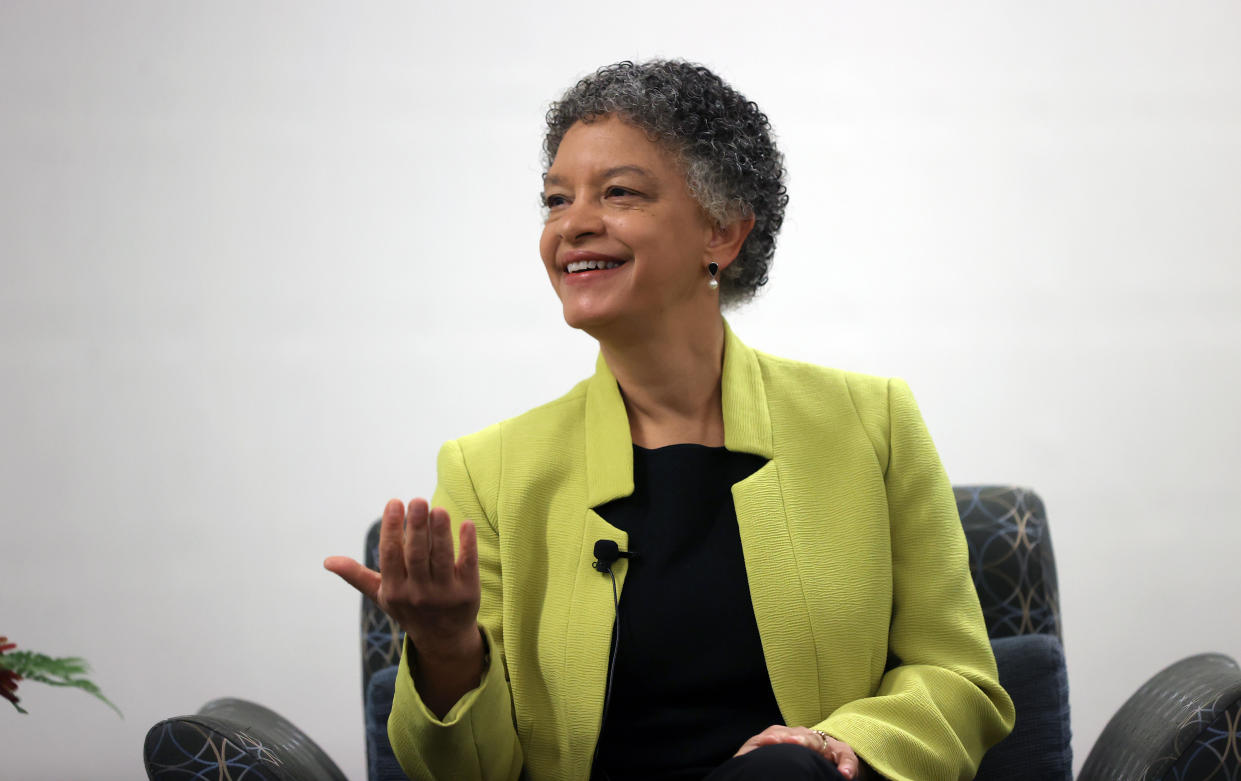2 Fed officials offer reassurances about cuts in 2024 despite 'bumps' and 'uncertainties'
Two Fed officials offered new reassurances Thursday to investors a day after another hot inflation reading spooked markets, saying it is still possible that interest rates will be cut this year.
New York Fed president John Williams said it will make sense to reduce rates gradually "starting this year" if the economy proceeds as expected.
"I expect inflation to continue its gradual return to 2%, although there will likely be bumps along the way, as we’ve seen in some recent inflation readings," he said in a new speech delivered Thursday morning.

Meanwhile, Boston Fed president Susan Collins said she still expects to cut rates later this year but needs more time to gather data to feel confident inflation will continue dropping. That could spell fewer cuts in 2024.
"Overall, the recent data have not materially changed my outlook, but they do highlight uncertainties related to timing, and the need for patience,” Collins said in a speech at the Economic Club of New York.
“It may take longer to discern whether the economy is sustainably on a path back to 2% inflation, and thus less easing of policy this year than previously thought may be warranted.”
She added it’s possible that interest rates are not as restrictive as thought, further reducing the "urgency" to lower rates.
Collins says she’s not surprised by the recent higher readings on inflation given lower readings in the second half of last year.

The Consumer Price Index (CPI) rose 3.5% over the prior year in March, an acceleration from February's 3.2% annual gain in prices and more than economists expected.
The year-over-year change in the so-called core CPI — which excludes volatile food and energy prices — was 3.8%, the same level as it was in February but a tenth of a percent higher than expected.
Collins said she expects to see more evidence inflation is "durably, if unevenly" coming back down to 2% while the demand and supply come back into better balance in the economy amid a strong job market.
"As a result, I do expect it will be appropriate to begin lowering the federal funds rate later this year."
Collins is watching to see two key components of inflation drop to gain more confidence: housing and non-shelter services. She also wants to be sure short- and long-term inflation expectations remain around the Fed’s 2% target.
The new comments from Williams and Collins follow a chaotic day in the markets as investors became fearful that another hotter-than-expected inflation reading meant the Fed would have to push back the number and timing of interest rate cuts this year.
The stock market fell following the CPI release and the odds in favor of a June rate cut from the Fed evaporated, stomping out what had been a commonly held belief on Wall Street.
Traders who had been betting on a June cut now see a roughly 79% chance the Fed does nothing in June and a roughly 50% chance of a cut in July.
Read more: What the Fed rate decision means for bank accounts, CDs, loans, and credit cards
They also scaled back the number of rate cuts they see this year to two, less than the median of three penciled in by Fed officials at their last policy meeting in March.
The minutes of that meeting released Wednesday showed that "almost all" participants agreed there would be rate cuts at some point this year, even as some noted that hotter inflation readings at the start of the year shouldn’t be discounted as "statistical aberrations."
"Participants generally noted their uncertainty about the persistence of high inflation and expressed the view that recent data had not increased their confidence that inflation was moving sustainably down to 2%," according to the minutes.
Fed officials agreed, however, that they had reached the peak of the current rate-tightening cycle and that monetary policy was well positioned to respond to the economic outlook, including the possibility of keeping rates higher for longer if inflation drops more slowly.
They expect bumpy, uneven monthly inflation readings on the path to their 2% inflation target.
That was a point that Williams returned to Thursday, echoing recent comments from Fed Chair Jay Powell.
Williams expects the Personal Consumption Expenditures index, which is the Fed's preferred inflation gauge, to be at 2.25% to 2.50% this year "before moving closer to 2% next year."
Click here for in-depth analysis of the latest stock market news and events moving stock prices.
Read the latest financial and business news from Yahoo Finance
